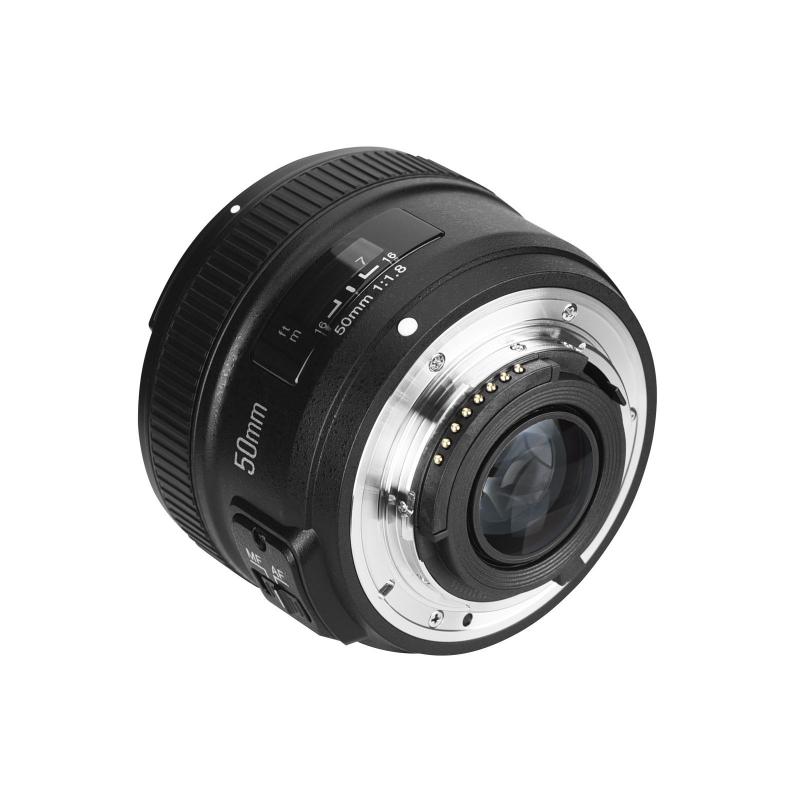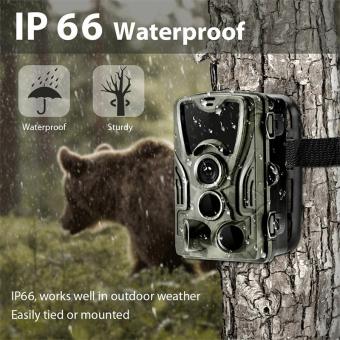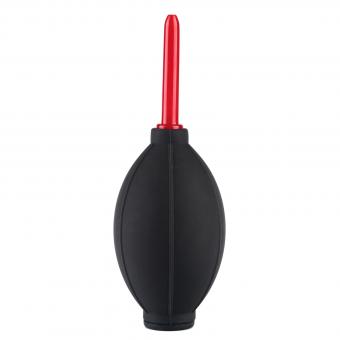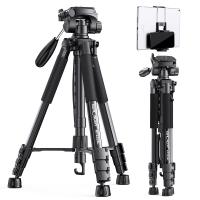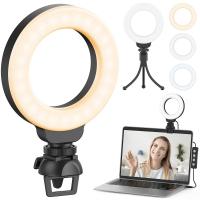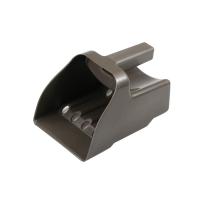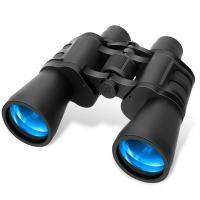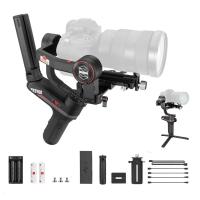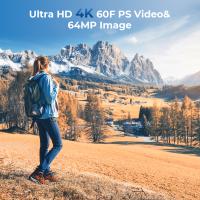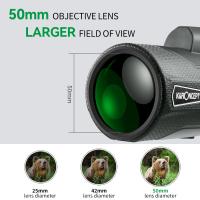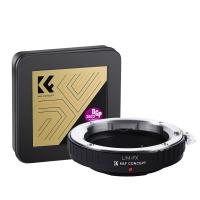What Is A Digital Slr Camera Mean ?
A digital SLR camera, also known as a DSLR, is a type of camera that uses a digital imaging sensor to capture and store photographs. It combines the features of a traditional single-lens reflex (SLR) camera with the convenience and capabilities of digital technology. The camera uses a mirror and prism system to allow the photographer to see through the lens and accurately frame the shot. When the shutter button is pressed, the mirror flips up, allowing light to reach the image sensor and capture the photo. DSLR cameras offer a wide range of manual controls and interchangeable lenses, making them popular among professional photographers and photography enthusiasts who require high-quality images and creative flexibility.
1、 Definition of a digital SLR camera
A digital SLR camera, also known as a DSLR camera, is a type of camera that combines the optics and mechanisms of a single-lens reflex camera with a digital imaging sensor. It is designed to provide high-quality images and greater control over the photographic process.
The term "digital SLR" refers to the use of a digital sensor instead of traditional film. This allows photographers to instantly preview and review their images on the camera's LCD screen, eliminating the need for film processing. Additionally, digital SLR cameras offer the ability to adjust various settings such as ISO, aperture, and shutter speed, giving photographers more creative control over their shots.
One of the key advantages of a digital SLR camera is its interchangeable lens system. This means that photographers can use different lenses to achieve different effects and capture a wide range of subjects, from landscapes to portraits to sports photography. The ability to change lenses also allows for greater flexibility in adapting to different shooting conditions.
In recent years, digital SLR cameras have seen advancements in technology, resulting in improved image quality, faster autofocus systems, and higher resolution sensors. Many DSLRs now offer features such as built-in Wi-Fi and GPS, allowing for easy sharing and geotagging of images.
Overall, a digital SLR camera is a powerful tool for photographers who seek versatility, control, and high-quality images. It continues to be a popular choice among professionals and enthusiasts alike, despite the rise of mirrorless cameras in the market.

2、 Key features of digital SLR cameras
A digital SLR camera, also known as a DSLR camera, is a type of camera that uses a digital imaging sensor to capture and store photographs. It combines the optics and mechanisms of a single-lens reflex camera with a digital imaging sensor, allowing photographers to view the scene through the lens and capture high-quality images.
Key features of digital SLR cameras include:
1. Interchangeable lenses: DSLR cameras allow photographers to change lenses based on their specific needs. This versatility enables them to capture a wide range of subjects, from landscapes to portraits, with different focal lengths and perspectives.
2. Optical viewfinder: DSLRs feature an optical viewfinder that allows photographers to see the scene directly through the lens. This provides a clear and real-time view of the subject, making it easier to compose and focus the shot accurately.
3. Manual controls: DSLR cameras offer extensive manual controls, allowing photographers to have full control over settings such as aperture, shutter speed, and ISO. This level of control enables photographers to experiment with different exposure settings and achieve their desired creative effects.
4. Image quality: DSLR cameras are known for their excellent image quality, thanks to their larger image sensors and advanced image processing capabilities. They can capture images with high resolution, low noise, and a wide dynamic range, resulting in sharp and detailed photographs.
5. Speed and responsiveness: DSLR cameras are designed to be fast and responsive, making them suitable for capturing fast-moving subjects or shooting in challenging conditions. They have quick autofocus systems, high burst rates, and minimal shutter lag, ensuring that photographers can capture the decisive moment.
In recent years, DSLR cameras have faced competition from mirrorless cameras, which offer similar features but in a more compact and lightweight form factor. However, DSLRs still hold their ground due to their robustness, extensive lens selection, and familiarity to professional photographers.
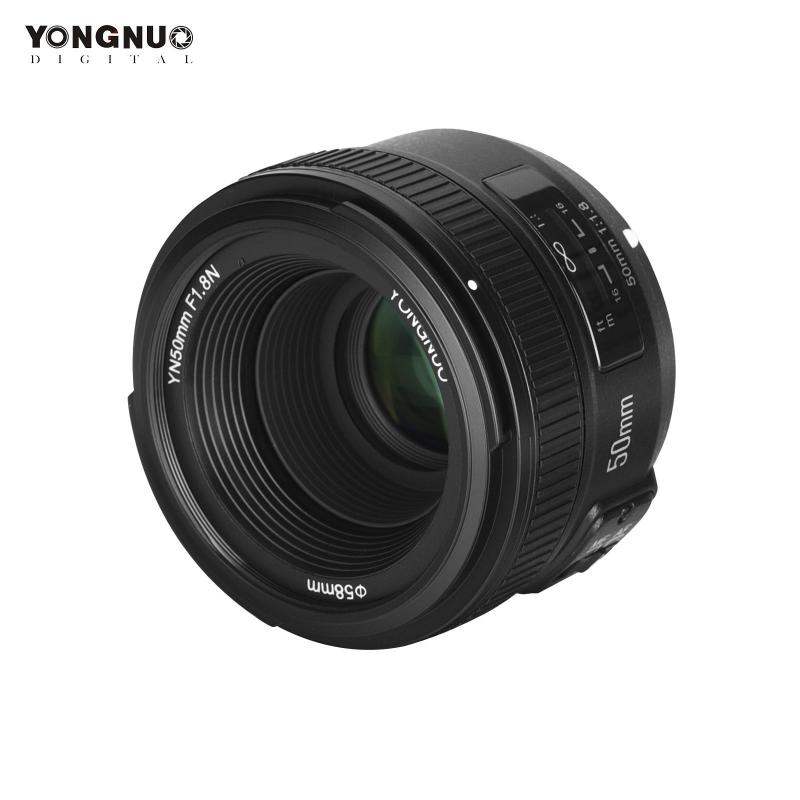
3、 Advantages of using a digital SLR camera
A digital SLR camera, also known as a DSLR camera, is a type of camera that uses a digital imaging sensor to capture and store photographs. It combines the optics and mechanisms of a single-lens reflex camera with a digital imaging sensor, allowing photographers to view the scene through the lens and capture high-quality images.
The advantages of using a digital SLR camera are numerous. Firstly, DSLR cameras offer superior image quality compared to other types of cameras. They have larger image sensors, which allow for better light sensitivity and higher resolution, resulting in sharper and more detailed images. This is especially important for professional photographers or those who require high-quality prints.
Secondly, DSLR cameras provide greater control over the photographic process. They offer a wide range of manual settings, such as aperture, shutter speed, and ISO, allowing photographers to have full creative control over their images. This level of control is essential for capturing specific moments or achieving desired effects.
Additionally, DSLR cameras have interchangeable lenses, which provide versatility and flexibility. Photographers can choose from a wide range of lenses, including wide-angle, telephoto, and macro lenses, to capture different types of subjects and scenes. This allows for greater creativity and the ability to adapt to various shooting situations.
Furthermore, DSLR cameras have faster autofocus systems and continuous shooting capabilities, making them ideal for capturing fast-moving subjects, such as sports or wildlife photography. They also have a shorter shutter lag, ensuring that photographers can capture the decisive moment without any delay.
In recent years, DSLR cameras have also incorporated advanced features such as built-in Wi-Fi and Bluetooth connectivity, allowing for easy sharing and transferring of images to other devices. Some models even offer touchscreen displays and advanced autofocus systems, further enhancing the user experience.
In conclusion, the advantages of using a digital SLR camera include superior image quality, greater control over the photographic process, versatility through interchangeable lenses, and advanced features. These advantages make DSLR cameras a popular choice among professional photographers and enthusiasts who value image quality and creative control.
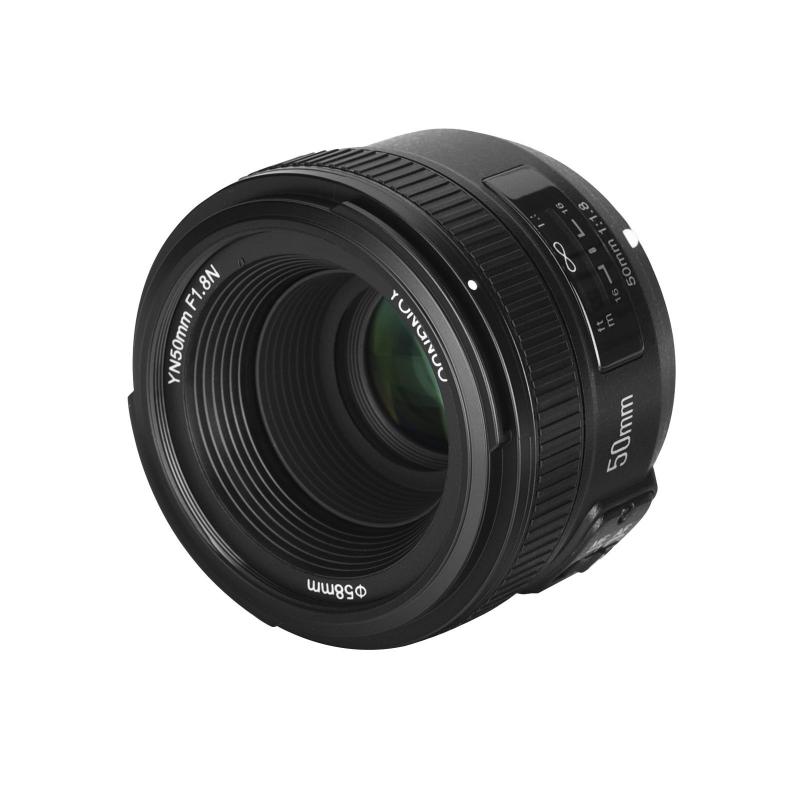
4、 How digital SLR cameras work
A digital SLR camera, also known as a DSLR camera, is a type of camera that uses a digital imaging sensor to capture and store photographs. It combines the optics and mechanisms of a single-lens reflex camera with the convenience and flexibility of digital photography.
The term "digital SLR" refers to the camera's ability to use interchangeable lenses and its use of a mirror and prism system to allow the photographer to see through the lens and accurately frame the shot. This system is what sets DSLR cameras apart from other digital cameras, such as point-and-shoot or mirrorless cameras.
In a DSLR camera, light enters through the lens and is reflected by a mirror onto a pentaprism, which then redirects the light to the viewfinder. When the shutter button is pressed, the mirror flips up, allowing the light to reach the image sensor. The image sensor captures the light and converts it into a digital image, which is then stored on a memory card.
One of the key advantages of DSLR cameras is their ability to use interchangeable lenses. This allows photographers to choose the best lens for a particular subject or shooting situation, giving them greater control over the final image. Additionally, DSLR cameras typically have larger image sensors than other types of digital cameras, resulting in higher image quality and better low-light performance.
In recent years, there have been advancements in DSLR camera technology, such as improved autofocus systems, faster continuous shooting speeds, and higher resolution sensors. Additionally, some DSLR cameras now offer features like built-in Wi-Fi or Bluetooth connectivity, allowing for easy sharing and remote control of the camera.
Overall, DSLR cameras continue to be popular among professional photographers and enthusiasts who value the versatility, image quality, and control that these cameras offer.
